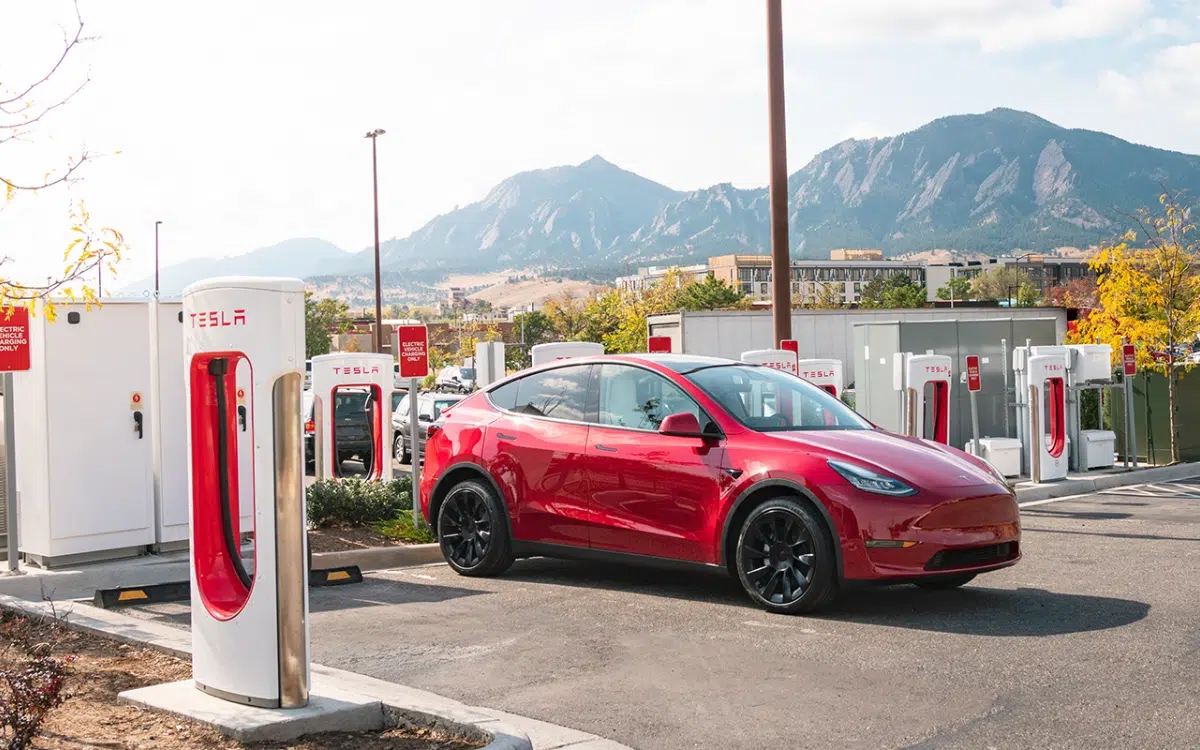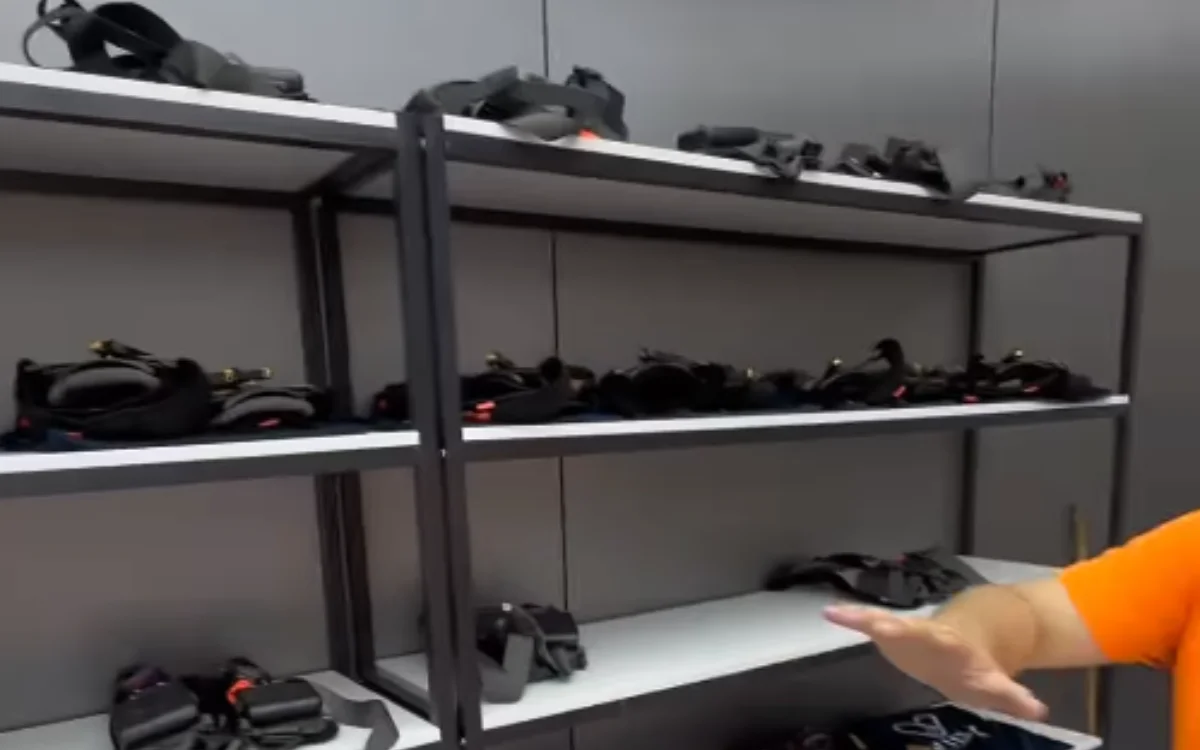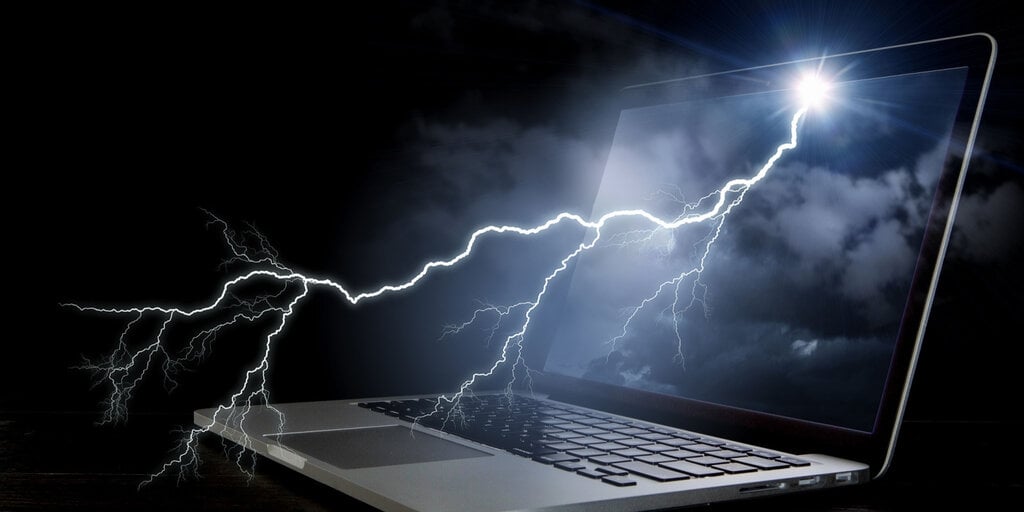Why Trucking Defense Attorneys Fail At Plaintiff Phone Discovery—And How To Succeed
The post Why Trucking Defense Attorneys Fail At Plaintiff Phone Discovery—And How To Succeed appeared on BitcoinEthereumNews.com. When an eighty-thousand-pound commercial vehicle collides with a passenger car, the resulting litigation can reach eight figures. Yet despite billions in annual settlements, a critical evidence source in trucking accident cases remains inconsistently accessed by defense teams: the plaintiff’s smartphone. While many trucking companies routinely preserve their driver’s phone for forensic examination, defense attorneys face significant challenges obtaining the same evidence from plaintiffs. This creates a fundamental asymmetry in trucking accident litigation. Today, commercial carriers are expected to rapidly preserve their driver’s cell phone for forensic examination, understanding that courts generally expect cooperation and transparency from businesses involved in accidents. However, obtaining comparable access to plaintiff phones requires different strategies, targeted negotiations, and sometimes extended legal proceedings. The challenge lies in the complexity of digital evidence and the legitimate privacy concerns that fuel resistance. As a digital forensics expert, I spend much of my time educating attorneys about cell phone forensics. I know firsthand the technical requirements and strategic approaches that have proven successful in gaining access to plaintiff cell phones. Cell Phone Forensics Is Best Evidence The evidence contained in smartphones can be decisive. Cell phone forensics provides precise timestamps, location coordinates, and device interaction data that can definitively prove what someone was doing in the moments before an accident. Unlike phone bills and call detail records, forensic analysis of the physical cell phone can prove whether fingers were actually touching the screen, which applications were active, and whether notifications were seen or ignored. Most defense attorneys struggle to obtain this evidence because they approach plaintiff phone discovery the same way they would request any other document. This traditional approach consistently fails because it ignores both the technical realities of cell phone forensics and the strategic considerations that make cooperation more likely. The typical discovery cycle follows a predictable…

The post Why Trucking Defense Attorneys Fail At Plaintiff Phone Discovery—And How To Succeed appeared on BitcoinEthereumNews.com.
When an eighty-thousand-pound commercial vehicle collides with a passenger car, the resulting litigation can reach eight figures. Yet despite billions in annual settlements, a critical evidence source in trucking accident cases remains inconsistently accessed by defense teams: the plaintiff’s smartphone. While many trucking companies routinely preserve their driver’s phone for forensic examination, defense attorneys face significant challenges obtaining the same evidence from plaintiffs. This creates a fundamental asymmetry in trucking accident litigation. Today, commercial carriers are expected to rapidly preserve their driver’s cell phone for forensic examination, understanding that courts generally expect cooperation and transparency from businesses involved in accidents. However, obtaining comparable access to plaintiff phones requires different strategies, targeted negotiations, and sometimes extended legal proceedings. The challenge lies in the complexity of digital evidence and the legitimate privacy concerns that fuel resistance. As a digital forensics expert, I spend much of my time educating attorneys about cell phone forensics. I know firsthand the technical requirements and strategic approaches that have proven successful in gaining access to plaintiff cell phones. Cell Phone Forensics Is Best Evidence The evidence contained in smartphones can be decisive. Cell phone forensics provides precise timestamps, location coordinates, and device interaction data that can definitively prove what someone was doing in the moments before an accident. Unlike phone bills and call detail records, forensic analysis of the physical cell phone can prove whether fingers were actually touching the screen, which applications were active, and whether notifications were seen or ignored. Most defense attorneys struggle to obtain this evidence because they approach plaintiff phone discovery the same way they would request any other document. This traditional approach consistently fails because it ignores both the technical realities of cell phone forensics and the strategic considerations that make cooperation more likely. The typical discovery cycle follows a predictable…
What's Your Reaction?








































